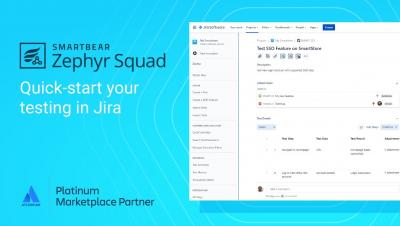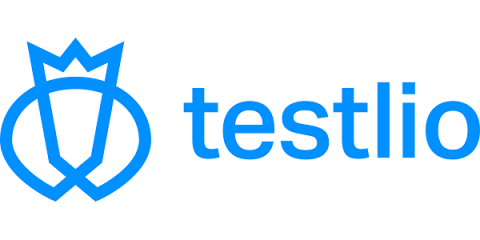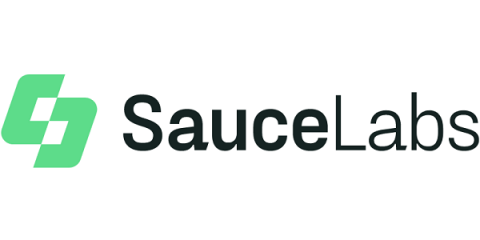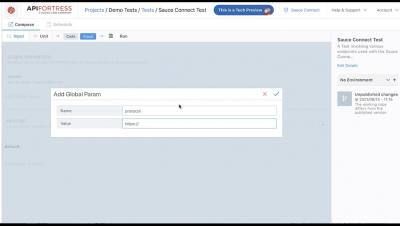Systems | Development | Analytics | API | Testing
Testing
The latest News and Information on Software Testing and related technologies.
10 Things Testers Wish CIOs and CTOs Knew About Testing: Episode 2
Why Choose Crowd Testing for Full QA Test Coverage
Whether you’re building web or mobile apps, quality assurance is a non-stop cycle of corrections, updates, and improvements. And, QA takes time. But with crowd testing, you can quickly identify software issues, fix them, and release them with confidence. Some call it crowdsourced or crowd testing. Testlio calls it networked testing. It’s an efficient way to utilize a crowd of testers to ensure complete coverage.
How a Shift Left Testing Approach Can Improve Your QA Strategy
In the face of increased demand and competition, software development teams are expected to iterate faster each project sprint. Iterating faster creates a market advantage because it means you can adjust quickly to evolving market conditions, changing end-user sentiment, and an unforeseeable black swan (like a global pandemic). However, increased software delivery speed cannot come at the expense of a high-quality end-user experience.
Basics of load testing with k6 and Grafana in 20 minutes
Manual vs. Automated Testing: A Practical Guide
Both manual and automated testing have their place in the software development lifecycle. Understanding the pros and cons of each testing method — and the tools available for each — will help you find the most effective balance for your team.
Frequently Asked Questions About Selenium 4
Selenium 4 uses the W3C WebDriver standard protocol for browser automation. As browser vendors will only support W3C WebDriver in the future, using Selenium 4 ensures the widest possible range of support across all browsers, making your automation scripts future proof.
Selenium 4 Knowledge Hub is now live
Several new features and benefits for automated testing are included in the upcoming Selenium 4 release, such as: Selenium 4 has been designed to be a drop-in replacement, but there might be cases where tests or dependencies need to be adjusted. We recommend you to go through the following sections to understand better how this new version will benefit you and what potential changes might be needed to upgrade.










